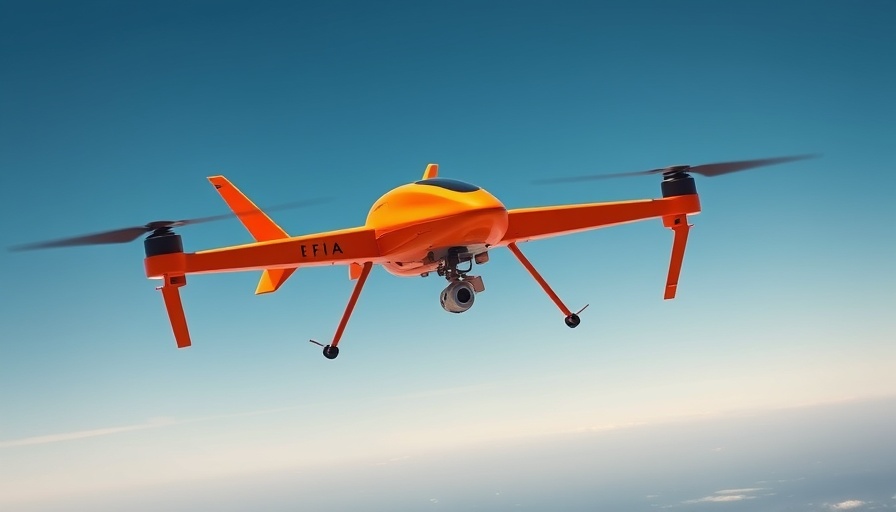
How the Navy is Redefining Modern Warfare with Unmanned Systems
The Navy is boldly reshaping the future of its maritime operations by ramping up its testing of unmanned systems. This move marks a significant step towards enhancing military capabilities through innovative technologies. Recently, two pivotal tests were held: the groundbreaking launch of the Conventional Prompt Strike (CPS) hypersonic missile using a cold-gas launch technique, and a live firing exercise involving a Solid Fuel Integral Rocket Ramjet (SFIRR) from an unmanned aerial vehicle (UAV). Together, these developments are not only enhancing the Navy's operational readiness but also laying the groundwork for future advancements in unmanned maritime systems.
The Significance of Cold-Gas Launch Systems
One of the standout features of the recent tests is the Navy's implementation of a cold-gas launch method for hypersonic missiles. Traditionally, naval missile systems employed a hot launch technique, igniting the missile within the launch tube. However, the cold-gas method enables the missile to escape the ship before ignition, enhancing safety and effectiveness during naval operations. As Vice Admiral Johnny Wolfe notes, this advancement aligns the Navy's capabilities with modern warfare needs, ensuring that weapons can be deployed from ships at sea with improved reliability.
Enhancements in Unmanned Systems Technology
Coupled with the CPS test, the successful launch of an SFIRR from a UAV signifies the Navy’s commitment to innovating unmanned systems. This test showcased not just the propulsion technology, but also validated the UAV's control, which is crucial for the long-range missions expected in today's military engagements. Abbey Horning, who is overseeing these technological advancements, emphasizes that these are not merely outdated concepts being revised, but modern solutions that are continuously adapted to meet the evolving demands of warfare.
The Future Unmanned Surface Vessel Program
In an effort to integrate these advanced systems into the Navy's fleet, the Future Unmanned Surface Vessel (USV) program plays a vital role. Scheduled for an industry day in June, this initiative seeks collaboration from the private sector to develop autonomous vessels that can operate with enhanced endurance and speed in challenging maritime environments. The upcoming industry event demonstrates the Navy's proactive stance in pushing for innovations that could redefine naval engagements and logistics.
The Role of Industry and Collaboration
The Navy's approach encapsulates a broader vision of integration with commercial technologies. As the military landscape changes, collaboration with industry partners becomes essential for honing design, performance, and deployment processes in unmanned systems. The emphasis on building USVs to commercial standards further emphasizes the intent to ease the transition from civilian to military operations while engaging private innovation to meet specific defense needs.
Implications for National Defense
The advancements in unmanned systems signify not merely an operational revolution but also reflect political and strategic shifts in defense policy. As other countries ramp up their investments in similar technologies, the U.S. Navy's push for these innovations is crucial. By staying ahead in the unmanned systems arena, the Navy not only fortifies its strategies but also sets the stage for reactive and proactive defense measures in the face of evolving global threats.
Conclusion: Embracing the Future of Military Operations
With unmanned systems taking center stage in naval strategy, the implications reach far beyond technological achievement. The operational efficiency, safety improvements, and adaptability of unmanned systems promise to redefine traditional naval tactics. The Navy's commitment to advancing these capabilities will pave the way for a new era in maritime operations. Keeping abreast of these developments is essential for stakeholders in defense and technology sectors alike.
In a rapidly changing technological landscape, understanding the impact of these unmanned systems and their capabilities can be incredibly valuable for anyone engaged in or interested in national defense.
 Add Row
Add Row  Add
Add 




Write A Comment